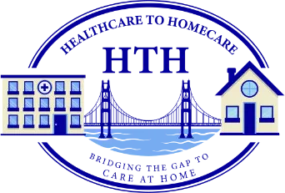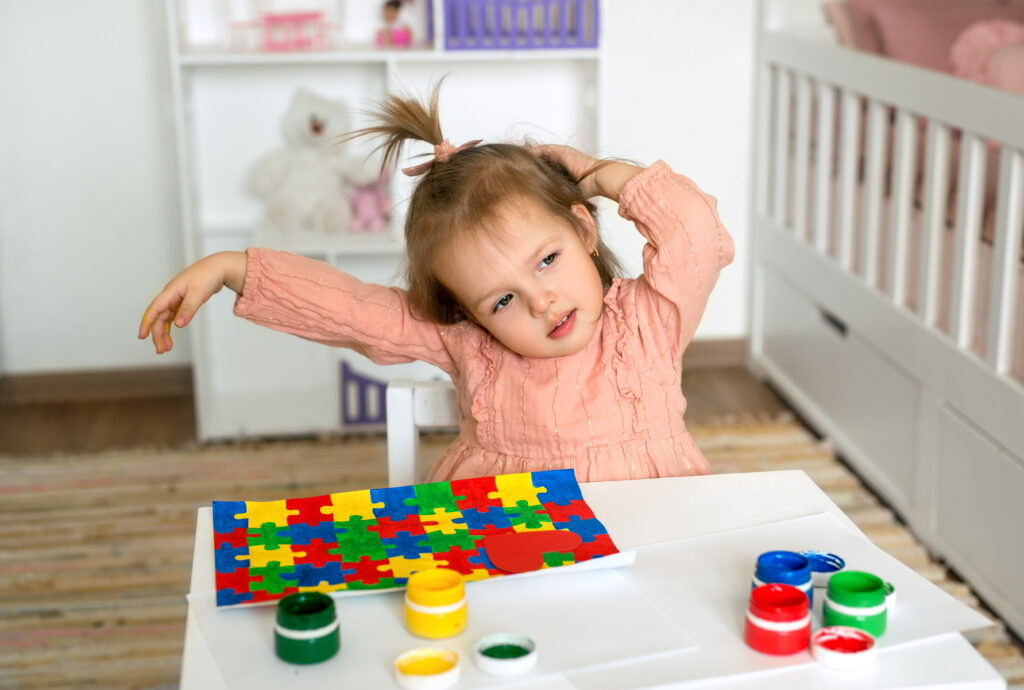Learning Disorders fall under intellectual disabilities as a subgroup. Having a learning disorder means that a child has difficulty in one or more areas of learning. The learning limitation, however, has no impact on overall intelligence or motivation to learn. Examples of common learning disorders include:
- Dyslexia – difficulty with reading
- Dyscalculia – difficulty with math
- Dysgraphia – difficulty with writing
Acting Out in School
Frequently, when children act out in school, they do so to hide a learning disability. If they can draw attention away from their inability to read that paragraph or add that column of numbers or write on the blackboard, then the laughter is about the joke they played and not their disability. If parents and teachers are unaware of the child’s difficulties in these areas, the disability may go undiagnosed and untreated through several grades with the child’s self esteem taking hit after hit. The child becomes frustrated with himself and hates school. Some become depressed or angry developing behavioral issues along with the learning disability.
May Present as Emotional or Behavioral Disorders
Learning disorders can also be present with emotional or behavioral disorders, such as attention-deficit/hyperactivity disorder (ADHD) or anxiety. The combination of problems can make it particularly hard for a child to succeed in school.
Symptoms to Watch
Adults who oversee children who have trouble academically or develop behavioral problems after starting school should look for the following symptoms of learning disorders as a possible reason for the behaviors. Some of the symptoms of learning disorders are
- Difficulty telling right from left.
- Reversing letters, words, or numbers after first or second grade.
- Difficulties recognizing patterns or sorting items by size or shape.
- Difficulty understanding and following instructions or staying organized.
- Difficulty remembering what was just said or what was just read.
- Lacking coordination when moving around.
- Difficulties doing tasks with the hands, like writing, cutting, or drawing.
- Difficulty understanding the concept of time.
Special Education
Children with learning disorders often need specialized help and instruction specific to the area of their struggles. Having a learning disorder can qualify a child for special education services in school. Schools usually do their own testing for learning disorders to see if a child needs intervention. An evaluation by a healthcare professional is needed if there are other concerns about the child’s behavior or emotions. Parents, healthcare providers, and the school can work together to find the right referrals and treatment.
Individuals with Disabilities in Education Act
Children with specific learning disabilities are eligible for special education services or accommodations at school under the Individuals with Disabilities in Education Act (IDEA) and an anti-discrimination law known as Section 504. Under these laws a child should receive a special educational plan each year designed specifically around their learning needs incorporating any learning, physical, or mental disability that needs accommodation. That plan is called an IEP – Individual Education Plan.
An IEP involves adapting content, method of delivery and instruction techniques. In addition, it provides accommodation for physical and mental needs, modifications to equipment, policies, or practices, and provides supplementary aids and services to help the child obtain full access to the general curriculum.
Individualized Education Plan (IEP), Virginia Department of Education



